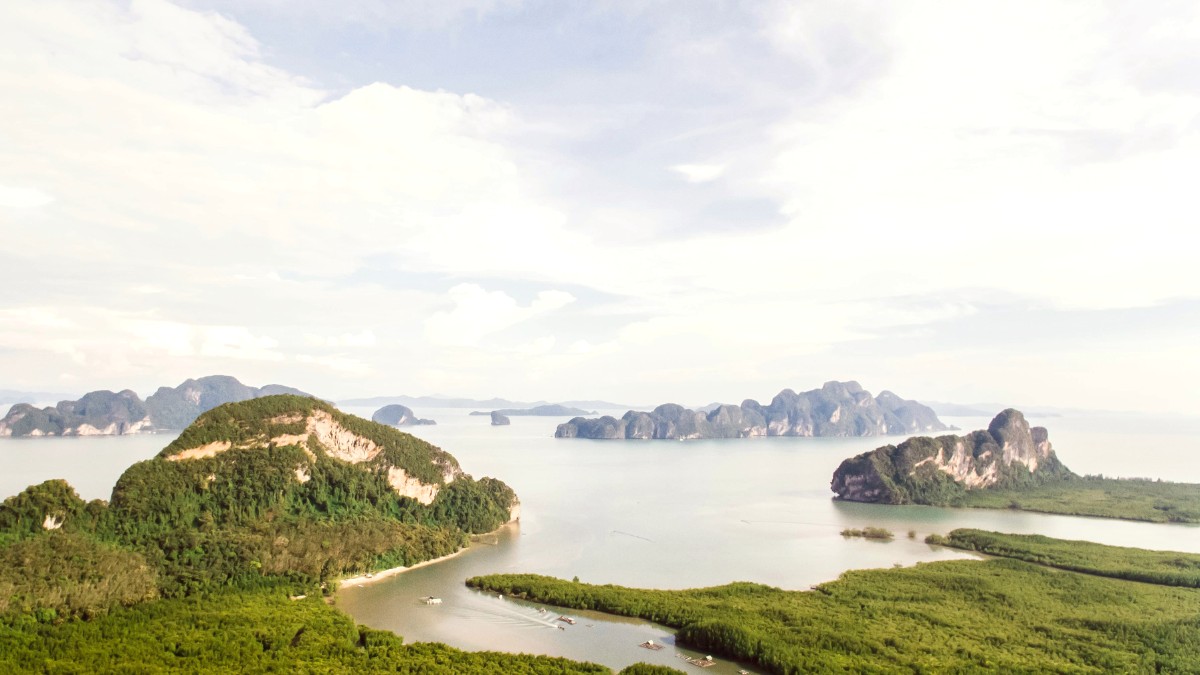
British Virgin Islands
The island’s landscape, shaped by ancient volcanic activity, rises dramatically from the sea, creating stunning panoramic viewpoints and challenging hiking trails. Below these peaks, verdant hills roll down to meet the turquoise waters, home to some of the most famous beaches in the Caribbean. Cane Garden Bay, with its lively beach bars and calm waters, pulses with energy, while nearby Smuggler's Cove an isolated retreat.
The allure of Tortola extends beyond its visual appeal. It includes the rhythm of reggae music drifting from a beachside bar, the taste of freshly grilled lobster, and the genuine smiles of locals.
This island serves as a destination where travelers can connect with nature, history, and a culture that celebrates life at a relaxed pace. Prepare to step into a world where the horizon stretches infinitely, and every moment promises a new discovery. This guide aids your exploration of Tortola, preparing you for an experience that stays with you long after your return.
Tortola forms the backbone of the British Virgin Islands, a diverse archipelago of over 60 islands, cays, and islets in the northeastern Caribbean Sea. Situated about 60 miles (97 km) east of Puerto Rico and adjacent to the US Virgin Islands, Tortola acts as the geographical and commercial center of the BVI. The island measures approximately 12 miles (19 km) long and 3 miles (5 km) wide, covering an area of about 21.5 square miles (55.7 square kilometers).
The island's topography is defined by its volcanic origins. A rugged mountain range runs along its spine, culminating in Sage Mountain, the highest point in the BVI, reaching an elevation of 1,716 feet (523 meters). This central ridge creates a dramatic landscape, with steep hillsides covered in lush vegetation that descend into fertile valleys and numerous bays. The southern coast, facing the Sir Francis Drake Channel, protected waters, making it an ideal location for the capital, Road Town, and various marinas.
Adjacent to the US Virgin Islands and 60 miles east of Puerto Rico.
Protected sailing waters separate Tortola from southern islands.
Capital city nestled around a natural harbor on the southern coast.
Terrance B. Lettsome International Airport (EIS) on Beef Island.
Nearby islands: Jost Van Dyke, Norman Island, Peter Island, Virgin Gorda.
Tortola's irregular coastline features numerous inlets, coves, and peninsulas, providing many diverse beach experiences. Coral reefs fringe much of the coastline, teeming with marine life, making snorkeling and diving popular activities.
This calm and deep waterway separating Tortola from the southern chain of islands is famous worldwide as a premier sailing ground, with protected anchorages and consistent trade winds.
Road Town, the capital, sits on the southern coast, serving as the administrative, commercial, and transportation center for the BVI. The Terrance B. Lettsome International Airport (EIS) is on Beef Island, connected to Tortola by a small bridge.
Tortola’s geography, with its combination of mountainous terrain, varied coastlines, and sheltered waters, directly influences its climate, activities, and the overall visitor experience.
The island's story begins long before European arrival. Archaeological evidence indicates that Arawak and later Carib Indians were the first inhabitants, migrating from South America around 100 BC. They lived off the land and sea, cultivating crops and fishing in harmony with their environment.
Their presence shaped the early landscape and resources of the island.
Arawak and Carib Indians were the first inhabitants, migrating from South America around 100 BC, living off the land and sea.
Christopher Columbus sighted the islands in 1493. Dutch established the first permanent settlement in the early 17th century, followed by British annexation in 1672.
The 18th century transformed Tortola with the sugar industry, fueled by forced labor. Emancipation in 1838 led to economic hardship and a new social landscape.
In the 20th century, Tortola gradually diversified its economy, moving away from agriculture. Tourism began to thrive, specifically with the rise of yachting in the mid-20th century.
Lush volcanic peaks meet dazzling white-sand beaches and calm, turquoise waters.
Renowned globally as a premier sailing destination, gateway to the BVI archipelago.
A rich blend of West African, European, and Native Caribbean influences.
Tortola enjoys a tropical climate with consistently warm temperatures year-round. The people are welcoming, with a culture reflecting African, European, and Native Caribbean influences. English is the official language. "Island Time" defines the local rhythm, inviting visitors to slow down.